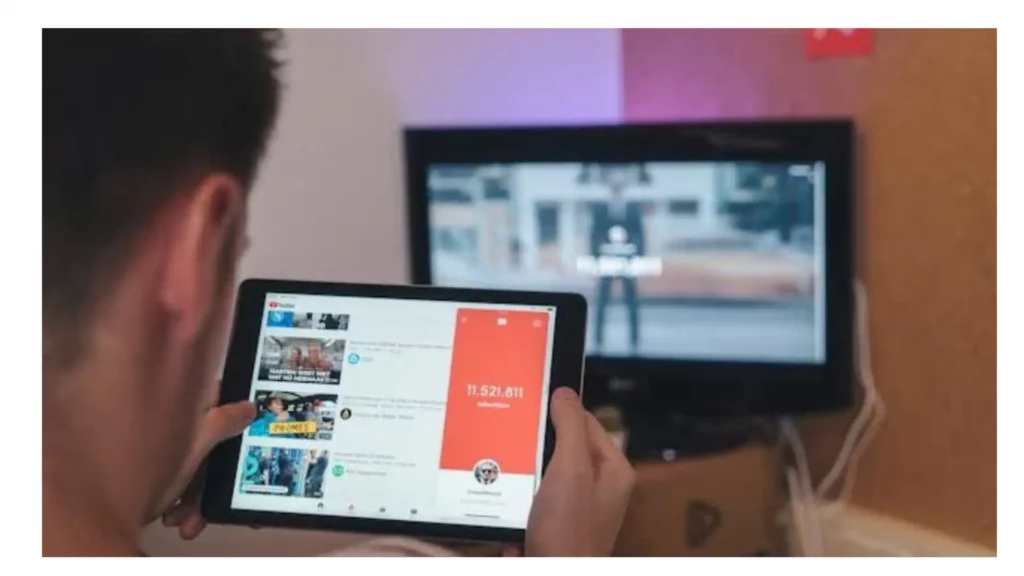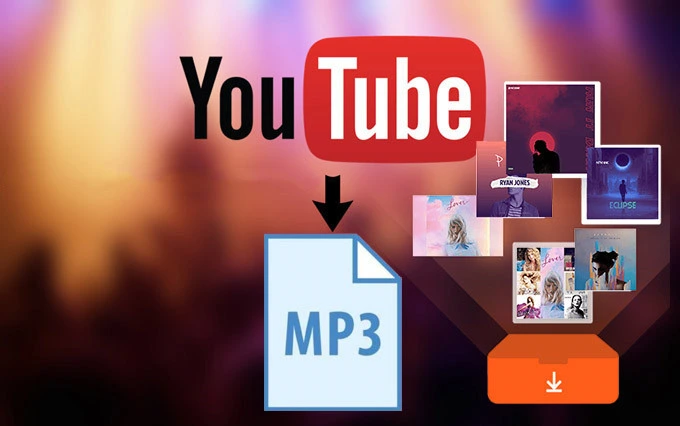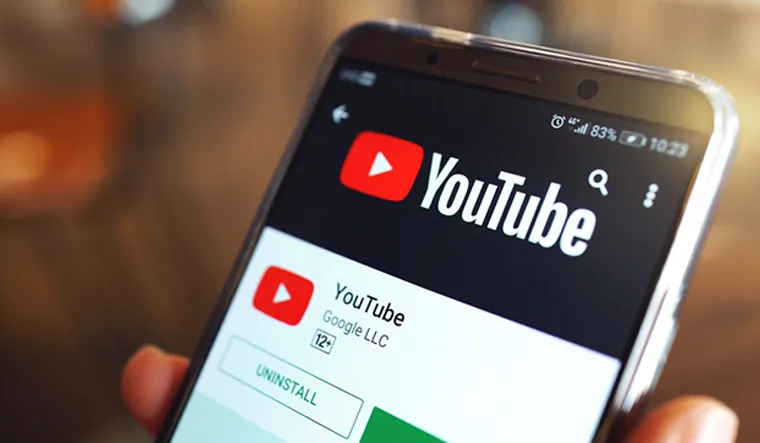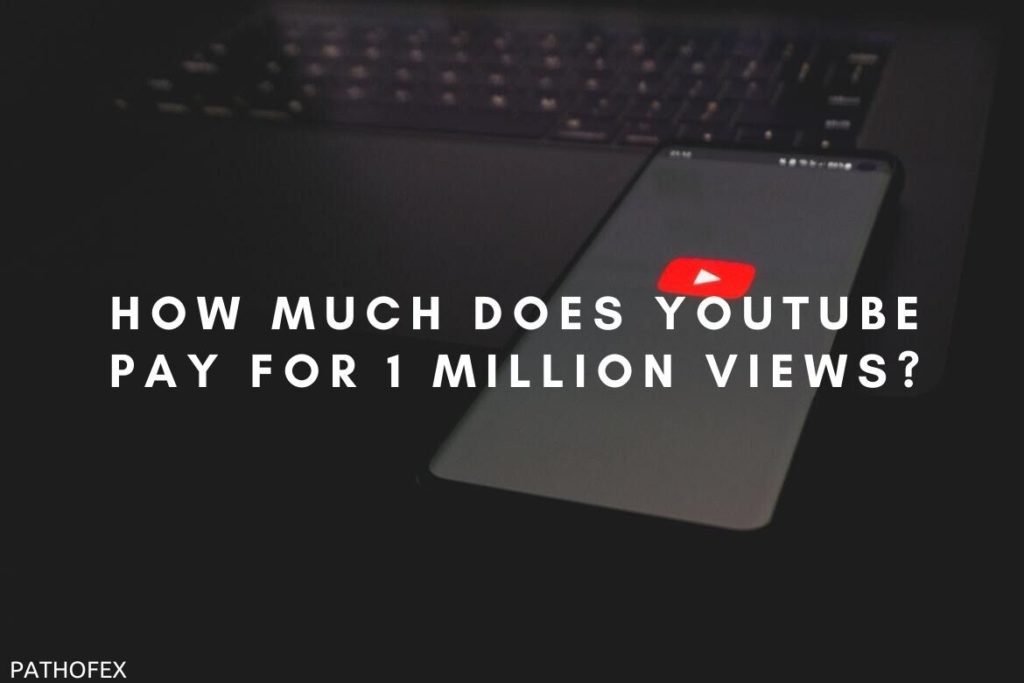The advent of technology has led to the transformation of media and its content. In the era we live in, digital content rules the space. It transcends geographical boundaries and has the power and ability to travel from one corner of the globe to the other in real-time. When it comes to digital platforms, YouTube sits on the highest pedestal. It is considered a creator’s paradise, allowing the creator to create and publish content on diverse and varied subjects.
The feature and the ability to host the videos on one side, the sophisticated and engaging localization strategies that make content accessible and engaging for viewers worldwide, make it a preferred choice for content creators. In this article, I will tell you about YouTube localization and offer insights on how creators can leverage this feature to expand their global reach.
In This Article
Understanding YouTube Localization
When it comes to localization, it is not just about translation. There is a lot to it. It is about adapting content to meet the cultural and linguistic preferences of different audiences. The process encompasses various elements, including subtitles, video titles, descriptions, and content. By localizing these aspects and providing a YouTube transcript, creators can make their videos more relatable and accessible to viewers in different regions, breaking down language barriers and enhancing viewer engagement.
Localize YouTube Videos with AI
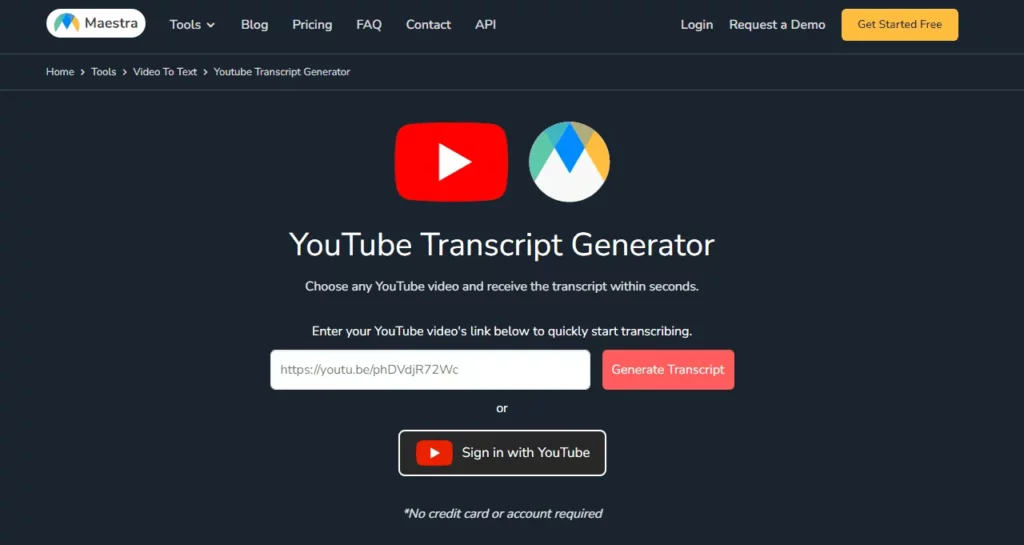
Maestra is a platform where you can transcribe, subtitle, and voiceover content using the latest AI technology. Through Maestra’s YouTube integration, users can directly add subtitles to their YouTube videos in 125+ languages from the subtitle editor.
Many popular content creators like Mr. Beast localized YouTube channels with voiceovers to reach foreign audiences who don’t speak English. With Maestra, you can translate video by generating AI voiceovers in 80+ languages and maximize the accessibility of YouTube videos by pairing AI voiceovers with subtitles.
The Impact of Localization
Localization can have a profound impact on the reach of the videos and viewer engagement. For example, a video that offers subtitles in multiple languages can attract viewers from those linguistic backgrounds, thereby significantly increasing video accessibility.
Similarly, adapting video titles and descriptions to different languages can improve a video’s searchability and visibility on the platform, thus leading to higher check-through rates and viewership.
Strategies for Effective Localization
Having accessibility or mere availability of YouTube is not good enough to yield the desired results. Other than resources and tools, you must have a planned strategy for a better outcome. So, if you want to localize your YouTube content, opt for the strategy for effective localization. Below are some of the methods that you can resort to.
1. Use YouTube’s Built-In Features
YouTube comes up with certain inbuilt features that add value to your content. The tools like auto-generated subtitles offered by YouTube can act as a starting point for content creators. However, there can be accuracy concerns. To do away with the accuracy issues, it is recommended to opt for manually created subtitles and translations for better accuracy and cultural nuances.
2. Understand Your Audiences
You must identify your target audience. So, it is important to analyze your viewer demographics to identify languages and regions where your content has potential. YouTube analytics is a powerful tool that can help creators understand where their audience and viewers are coming from.
3. Cultural Adaptation
Mere translation and subtitles are good enough to localize your YouTube videos to reach a global audience. Cultural differences have a huge role to play. You can’t ignore the elements and factors of cultural difference. It is, therefore, important to consider cultural differences that might affect how your content is perceived. This could involve modifying cultural references, humor, and visual elements to suit different audiences better.
4. Collaborate with Local Creators
One of the easiest and simplest ways of reaching the audience is to collaborate with local creators. It will help you get an idea about local trends and preferences. It is one of the easy and simple ways of introducing your content to new audiences more authentically and engagingly. You can hop on the back of the local creators to make your place.
5. Engage with Your Global Audience
Use social media and YouTube’s comment section to interact with international viewers. Engagement builds a community around your content and can offer direct feedback on how well your localization efforts resonate. To reach out to a wider audience, you have to find out the ways of interaction and engagement.
Challenges of YouTube Localization
While the benefits of localization are clear, creators face challenges such as the cost and effort required to produce high-quality translations and adaptations. Additionally, understanding the nuances of different cultures to avoid misinterpretation or offense can be complex.
Whenever you are out there to localize YouTube videos, keep these challenges in mind as you have to prepare yourself accordingly so that you can negate them.
Wrapping Up
As YouTube continues to be a primary platform for video content, the importance of localization in reaching a global audience can not be overstated. By effectively localizing content, creators can unlock new markets, increase viewer engagement, and build a diverse global community.
This journey towards effective localization requires efforts, cultural sensitivity, and a strategic approach, but the potential rewards in terms of audience growth and engagement are immense. In the digital age, the world is truly at every creator’s fingertips, and localization is the key to unlocking its vast potential.
